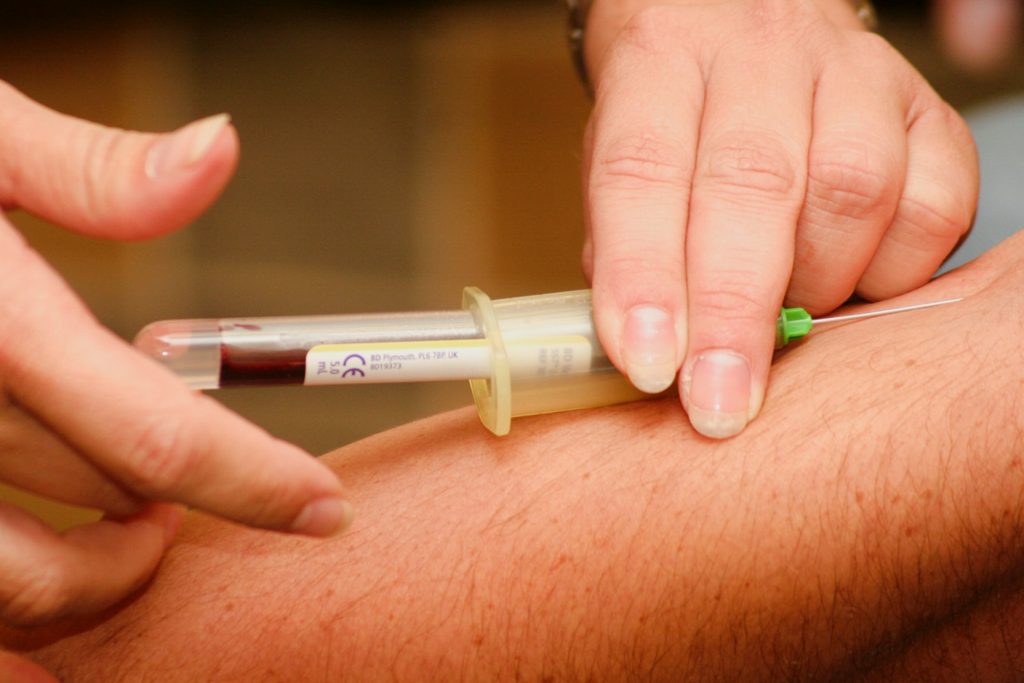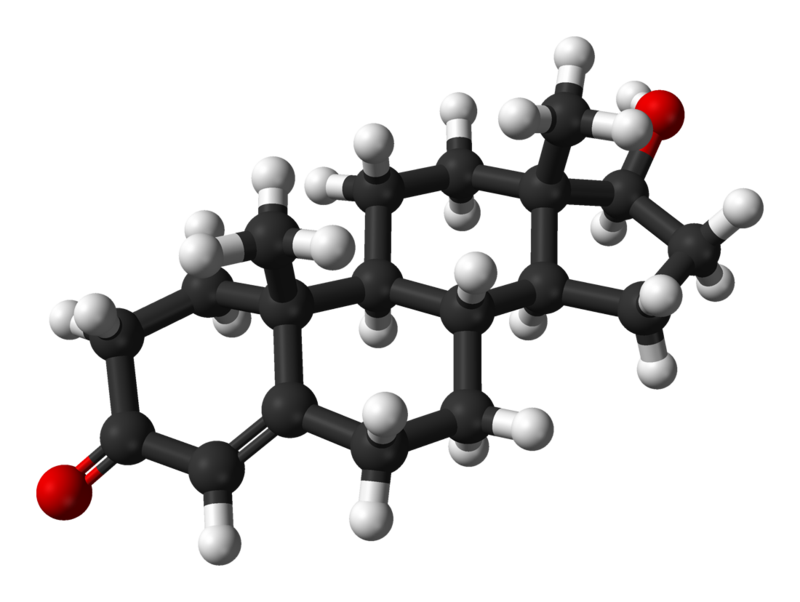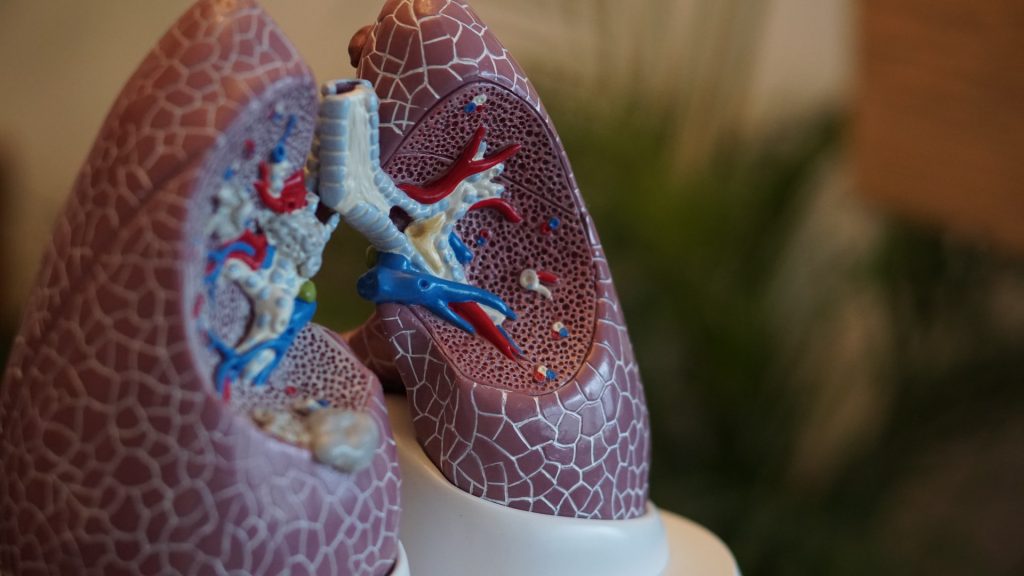Blood Type may Point to Early-onset Stroke Risk

Blood type may be associated with early-onset stroke risk, according to a new meta-analysis, which was published in the journal Neurology. The meta-analysis included all available data from genetic studies focusing on ischaemic strokes in adults under age 60.
“The number of people with early strokes is rising. These people are more likely to die from the life-threatening event, and survivors potentially face decades with disability. Despite this, there is little research on the causes of early strokes,” said study co-principal investigator Steven J. Kittner, MD, MPH, Professor of Neurology at University of Maryland School of Medicine (UMSOM).
He and his colleagues performed a meta-analysis of 48 studies on genetics and ischaemic stroke that included 17 000 stroke patients and nearly 600 000 healthy controls. They looked for genetic variants associated with a stroke and found a link between early-onset stroke (before age 60) and the area of the chromosome that includes the gene that determines whether a blood type is A, AB, B, or O.
The study found that people with early stroke were more likely to have blood type A and less likely to have blood type O, compared to people with late stroke and people who never had a stroke. Both early and late stroke were also more likely to have blood type B compared to controls. After adjusting for sex and other factors, researchers found that, compared to those with other blood types, blood type A had a 16% higher risk while blood type O had a 12% lower risk.
“Our meta-analysis looked at people’s genetic profiles and found associations between blood type and risk of early-onset stroke. The association of blood type with later-onset stroke was much weaker than what we found with early stroke,” said study co-principal investigator Braxton D. Mitchell, PhD, MPH, Professor of Medicine at UMSOM.
The researchers emphasised that the increased risk was very modest and that those with type A blood should not worry about having an early-onset stroke or engage in extra screening or medical testing based on this finding.
“We still don’t know why blood type A would confer a higher risk, but it likely has something to do with blood-clotting factors like platelets and cells that line the blood vessels as well as other circulating proteins, all of which play a role in the development of blood clots,” said Dr Kittner. Previous studies suggest that those with an A blood type have a slightly higher risk of developing blood clots in the legs known as deep vein thrombosis. “We clearly need more follow-up studies to clarify the mechanisms of increased stroke risk,” he added.
A limitation of the study was the relative lack of diversity among participants, with only 35% of the participants having non-European ancestry.





